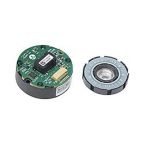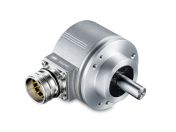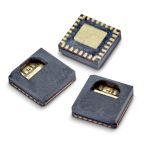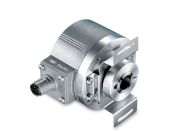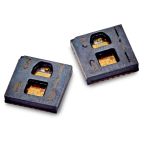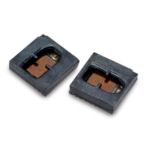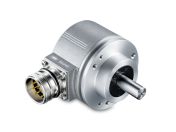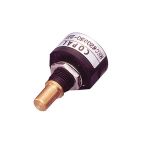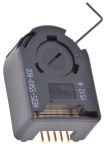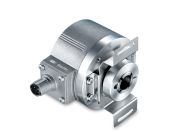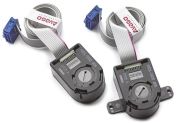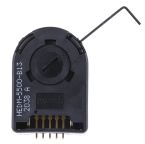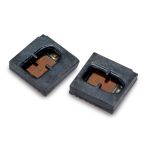Optical Rotary Encoders
An optical rotary encoder is an angular position sensor. It converts an angular displacement directly into a digital form. There are usually three components in an optical rotary encoder: a light source (an LED), a sensor and a moveable disk.
How an optical rotary encoder works
Optical rotary encoders have a shaft mechanically coupled to an input driver. This driver rotates a disc fixed onto it which is marked with a succession of opaque and clear segments.
Light from infrared emitting diodes reaches the infrared receivers through the transparent slits of the rotating disc, creating an analogue signal. The signal is then amplified electronically and converted into digital form. This is then transmitted to the data processor.
Uses for optical rotary encoders
Optical rotary encoders make precise digital signals. This makes them a good option where image resolution matters, and explains their use in applications as varied as office equipment (in computer mice and photo copiers) and medical devices.
